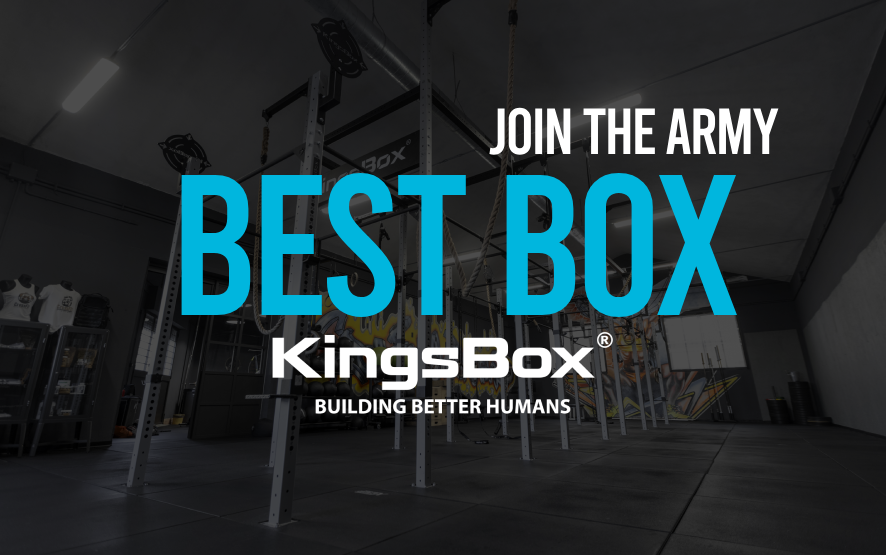Social media marketing! We learn how to use them to properly promote our fitness business.
Indice dei contenuti
Foreword
More than half of the world’s population uses social media. This data should give you the correct imput, to get you started using these powerful tools to promote your business in the fitness world.
Are you aware of this but you don’t know how to do it?
No problem, read our professional guide on how to use social media to promote your gym or fitness activity.
First it is good to remember that:
- Creating social content to promote your fitness business is not as simple as it may seem.
- Social media marketing campaigns are generally designed for specific purposes.
- No matter what your goal, creating a marketing strategy for your fitness business is a delicate process.
What is a social media marketing strategy
As a small business and gym owner, you need to set concrete and clear goals to achieve through social networks. The way you achieve these goals is what is called social media marketing strategy.
Marketing goals, content types, social channels, content, and tactics to promote your gym are all steps to be addressed in choosing your strategy.
Without a well-thought-out campaign, it can be quite difficult to achieve your marketing goals.
Why your fitness business needs a social media strategy
Having a social media strategy ensures that your marketing efforts don’t go to waste in vain.
A targeted strategy can help you set measurable goals to determine how you are relating to the strategy compared to other gyms.
Without a marketing strategy, you could end up wasting your budget dedicated to this type of promotion and frankly it’s not really time to waste time and money 🙂
Here are some reasons why you need a social media marketing strategy for your gym:
- It will help you develop a strong and consistent presence on social media and grow organically.
- It will save you time and get you to your goals much faster.
- It will help you be authentic and maintain a uniform presence on all social media.
- It will help you create lasting relationships by strategically interacting with users.
- It will allow you to be creative by showing you what can work best for your gym.
The step by step guide to create a social media strategy for your fitness business
Here is a step by step guide to help you cure the best social media marketing strategy for your gym or studio personal trainer.
1. Understand your target audience
The type of content you should post on social media depends on the demographics you have obtained previously with the search.
Such a technique is essential for developing a successful social media campaign for your gym.
The more data-driven your social media marketing strategy, the better the results. You need to know who are the main consumers of your content so that you can develop the content accordingly.
These user profiles should include data such as age, favorite social media, preferred content format (images, videos, short clips, gifs), hobbies, interests and so on.
2. Identify your business goals
As we said at the beginning, social media marketing strategies are generally designed around specific business goals. But for this, you must first know what these goals are.
Set them before you start defining the social media marketing plan for your fitness business. You can change goals for each campaign or launch multiple campaigns from time to time modeled around the same goal.
For example: If your business goal is to get new followers on social media, define the social channels and the target number of followers.
Make your goals measurable, achievable, and relevant to your fitness brand’s growth.
3. Analyze your competitors
Do a competitive analysis on other gyms’ social media to find inspiration and untapped opportunities. Such a monotonous search can show you what works for them and how people respond to different types of content, so you can do better.
This is especially beneficial if you are new to the industry and don’t have much data to base your strategy on on social media.
4. Restrict your choice of social media channels
Narrowing down the list of relevant social channels is a difficult process for most fitness brands because entrepreneurs don’t know where to start.
Instagram and Facebook are the two most common social media channels used by fitness brands. Do not underestimate also the new Tiktok and the evergreen YouTube.
The choice of social media should depend on your business goals.
For example: Being on LinkedIn may not be the best channel for your gym if you post short training clips, for example.
But if you create informative content about nutrition, lifting techniques, injury prevention, and similar topics, then LinkedIn might be the right place to promote your gym.
5. Optimize your social media accounts
Add a logo, a short but informative biography to show who you are, a link to your website and post quality content.
Simply being on social media is not enough to make your marketing strategy successful. You need to optimize your accounts with the right keywords, be consistent with the publication and respond to users.
If you don’t know about social media marketing, it might be best to start with one or two social media channels. This way, you can properly optimize the profiles and not spread out too much.
6. Design a content strategy
Your tweets and social media posts can’t be random if you want results. You need to have a strategy behind what you post.
Once you know your business goals and user profiles, you need to decide what type of content you should create. This includes choosing formats such as infographics, images, text and videos.
Suppose your business goal is to increase brand awareness. Your content strategy could be to generate content that shows people the strengths of your gym equipment, the results of your students, the races won, the workshops hosted and so on.
7. Create a content calendar
A content calendar is a very useful routine that helps your users know when to expect new quality content.
If you don’t know what a content calendar is here’s a brief explanation
A content calendar or editorial plan is a planning technique of publishing content
In practice it is the art of planning the publication of posts based on the day of the week, the time of day, the type of post and the channel on which you will publish.
You should design the calendar based on the data you have. For example, by checking what time your users are most active to post new content.
8. Track metrics on social networks
Audit your social media channels to see what has worked for your brand in the past.
Analyze your key performance indicators (KPIs) by:
- Conversions
- Conversion rates
- Involvement rate
- Hashtag
- Mentions
Compare data with your competitors
Monitoring your activity on social media can give you valuable information that can guide your upcoming campaigns.
You can also continue to monitor KPIs while your campaign is running and make the necessary changes as you go.
A dispassionate tip: Pay attention to vanity metrics when comparing yourself to other social profiles of other competitors. These useless metrics are the opposite of usable metrics.
Vanity metrics are those numbers that make you say WOW that profile! How many followers!
Well be careful, in many cases they could be purchased followers and will not help you design optimal comparison marketing strategies.
9. Use social media marketing management software
Brainstorming and content creation, post planning, performance monitoring, profile optimization and everything else can get hectic. That’s why you should use a social media management tool like Hootsuite or Buffer.
These tools give you access to a variety of analytics tools to measure success on social media and keep up with your strategy.
10. Promoting social media content
Content promotion is an essential part of marketing campaigns.
It can be different for different channels. You can use a referral system to convince your users to promote your posts, or you can pay for social media channels to increase your content.
Having a budget for ADS at least at the beginning is a must, but this budget must be spent sparingly only after analyzing and programming!
Don’t be afraid to experiment. If you want the strategy to succeed, then you’ll have to try unique ways to focus on your services.
In conclusion
Creating a digital marketing campaign can take a lot of time and study. But with our advice we are sure that everything will be much easier.
Bonus tip
Never forget this list of priorities:
- Collect data
- Analyze
- Compare
- Public






